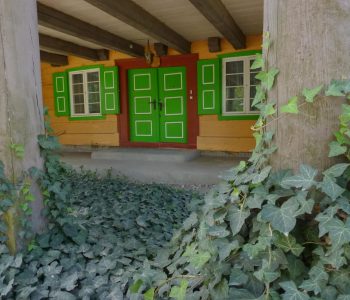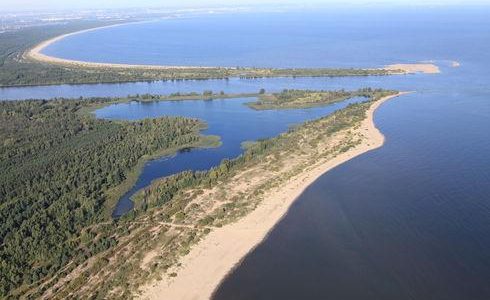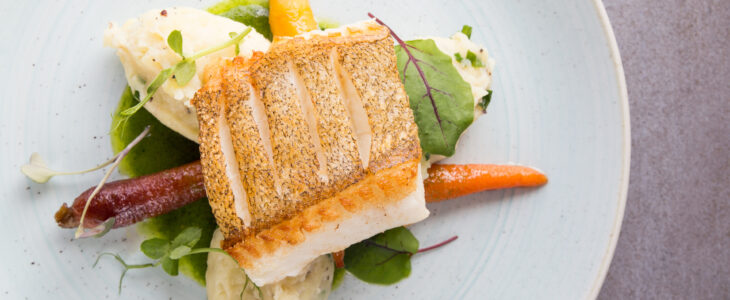Słowiński National Park
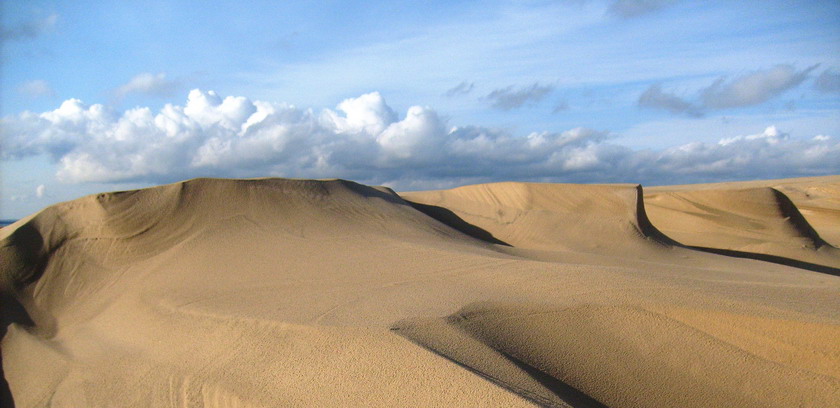
Słowiński Park Krajobrazowy, fot. Adam Demczak
Absolutely stunning landscapes of Słowiński Park Narodowy favour hikes, and the local specific, coastal climate fills the hikers with energy and good mood. On the area of 18 thousand hectares of the Park, we will find not only famous moving dunes called Baltic Sahara or unique specimen of coastal plants, but also interesting places connected with history of this terrain that goes way back. For the tourists, there await a dozen or so trails of various difficulty level and character, with a total length of almost 150 kilometres.
Among them, deserving of a special recognition is a red “Nadmorski” [“Coastal”] trail of an international rank, leading from Łeba city to the west, to Rowy village. It is also a proposition only for the most case-harden walkers, because it has almost 40 kilometres, and along the way we won’t meet nothing but wild nature, so we shouldn’t expect gastronomic or accommodation points. Following this route, we will feel on our own feet what an amazing nature creation are moving sands, that create the impression of a dessert landscape. The exposition in Muzeum Przyrodnicze [Nature Museum] in Rąbka, on the very beginning of the trail, is dedicated to dunes. Before going on a great adventure, it is worth to visit this facility and learn with what you will commune for the next few hours. In this area we can also see a German rocket launcher from World War Two. During the times of the bloodiest military conflict in the human history, there were tested here anti-aircraft missiles and ballistic missiles of Rheinbote and Rheintochter types, which were supposed to revolutionize the anti-aircraft defence during World War Two. The route leads in its first part through the dunes – Łącka and Czołpińska, of which the highest hills are natural overlooks of the whole Park. Then, through the Czołpino village, we will reach a beautifully located among the pine coniferous forests Dołgie Wielkie lake, where we can be welcomed by numerous near shorelines beavers. Not far away, there is situated its smaller brother – Dołgie Małe lake, the smallest reservoir of the Park, where from the bridge we can admire plants under total protection (a round-leaved sundew, small cranberry, common cottongrass, calla). The final point of the trail – Rowy village – we can reach through going along the northern shore of Gardno lake. Notice – between Rowy and Dołgie Wielkie lake, there runs on forest routes a shorter, green trail, with a length of 17 kilometres.
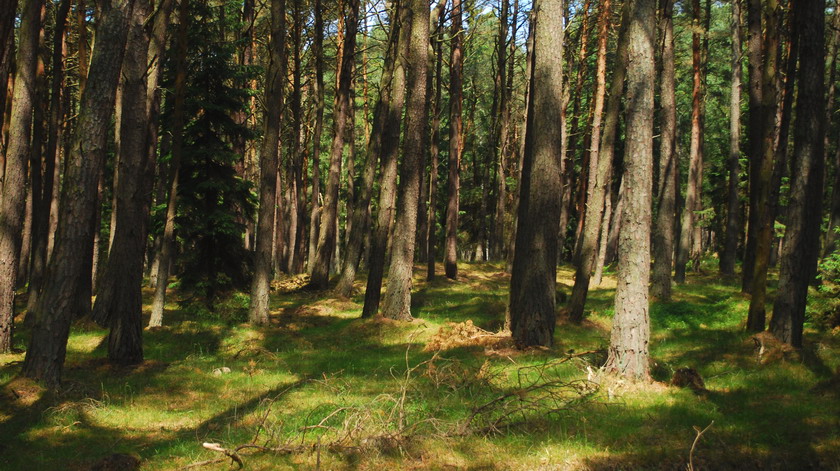
SPN surprises with its diversity, fot. Pomorskie.Travel
Different, southern corners of the Park, are covered by a yellow “Słowińców” [“Slovincian”] trail, which also is one of the demanding ones due to its length (39 kilometres). Our hike we will start in Łeba, but we will turn south this time, more specifically to the Żarnowska village by the eastern shore of Łebsko lake. Then the trail leads on the southern shores of the lake, mainly through pine coniferous forests with a 150-year-old old-growth forest, also through alder forest and birch forest, as well as through peat bogs. Along the way we will visit Gać, Izbica and Kluki villages. In the last one it is worth to visit Muzeum Wsi Słowińskiej [Slovincian Village Museum], where we will find old huts and pens, an inn, a shed, a fishing store and a wood fired bread oven. A culmination point of the trail is Rowokół hill (115 metres above sea-level) with an observation tower. This place is shrouded with an aura of many legends, which are connected with present here ages ago old-Slavic cult. On the hillside there was a hill fort dated back to 14th-16th century. The second part of the trail leads on the Gardno lake area – we will find here Gardeńskie Lęgi nature reserve, created to protect nesting sites and feeding grounds of ducks, gulls, terns, wader birds and sandpipers. Notice: Gardna Wielka village is linked with Rowokół hill by a shorter (10 kilometres) blue trail.
It is also worth to mention a 4.5-kilometre blue trail, that has its start in Czołpino village. Not a long route leads through Wydma Czołpińska [Czołpino Dune] and leads to a historic lighthouse located on a solidified dune overgrown with lichen Scots pine forest. The Czołpin lighthouse built from red brick, is the most outlying from population centres building of this type. From a 25-metres high tower, we can admire impressive Park’s landscapes.
Apart from mentioned trails of Słowiński Park Narodowy, there has been also marked out a wide range of shorter trails of a local rank – green ones (so called strolling ones) and black ones – of a connecting character. They create a well-developed network of links that allow for reaching various Park’s corners.



